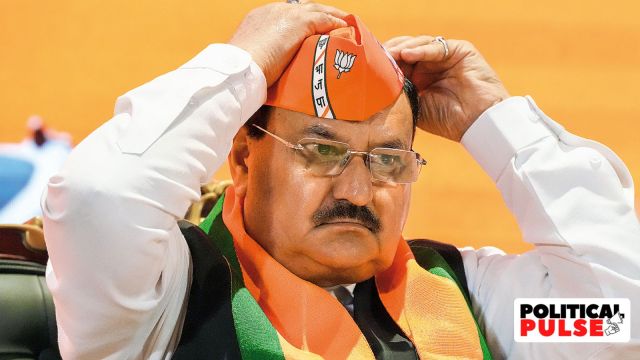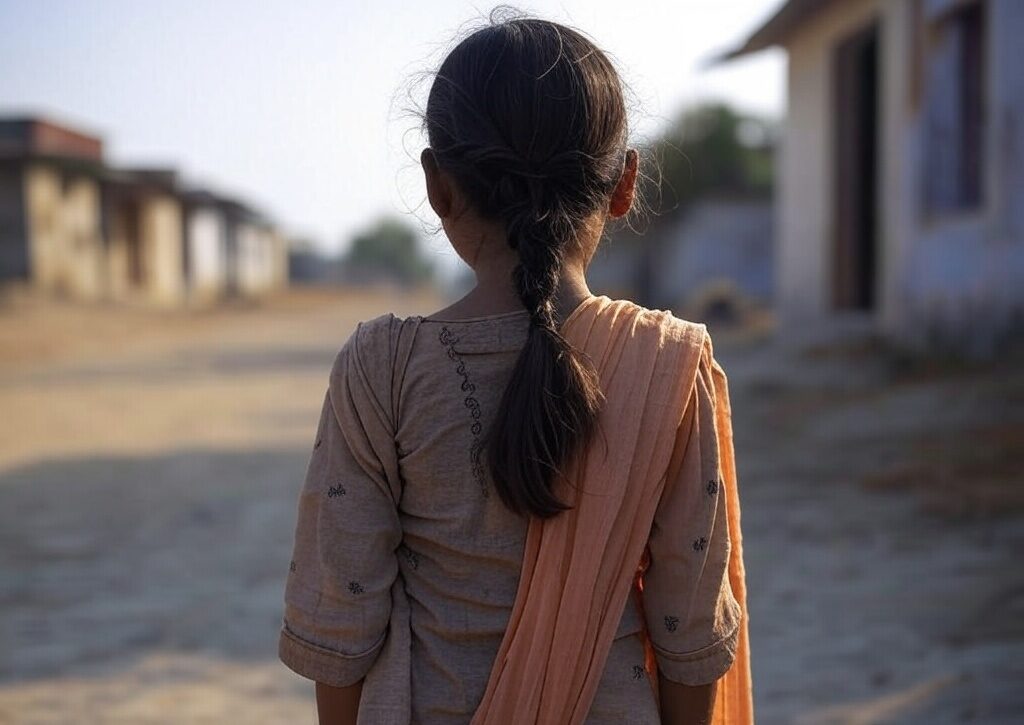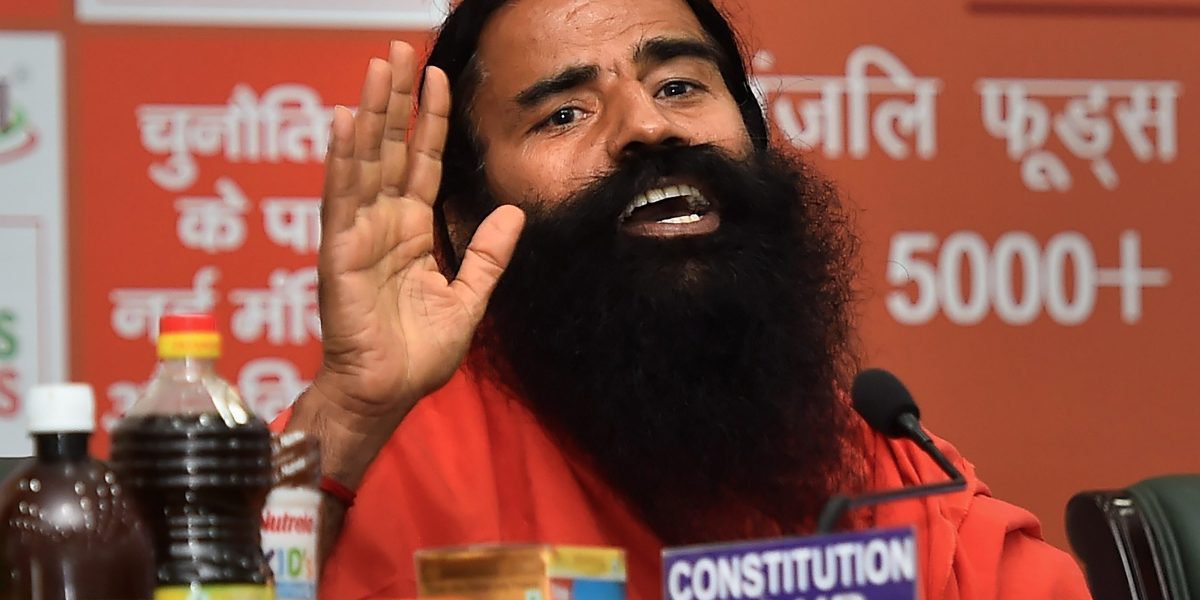
Yogi Adityanath, now widely accepted by the Sangh parivar and its supporters, including many BJP chief ministers, as a “path-breaking leader and lawmaker”, has come out with a draconian draft Bill to control the population in the state. It would be most unfortunate if this too is accepted as something worth emulating by others.
The draft Bill put out in the public domain by the Uttar Pradesh Law Commission on July 7 is badly drafted and replete with various threats and blandishments which will do little to bring down the birth rate in the state but will certainly do much to harm poor families. It will impact most adversely women across communities and classes, depriving them of their rights and rendering them even more vulnerable to ill health, social stigma and violence.
The government has brought in this draft Bill along with its document, Population Policy 2021-30, to achieve its stated goal of bringing down the total fertility rate (TFR) in the state from 2.8 to 2.1 over the next decade. This is something that has been achieved in several states in the country without taking recourse to coercive measures but, unfortunately, the Uttar Pradesh government is not willing to learn any lessons from them.
In fact, it is now widely accepted that using coercion to control the population is not only violative of basic human rights and women’s rights but also a completely ineffective and inefficient way of achieving its objective.
Incentives and disincentives
The draft Bill consists of five chapters with several sections in each. I will try and deal with some of its important and extremely objectionable contents.
Chapter II deals with incentives and disincentives. The incentives apply, for the most part, to those in the government service. If an employee (assumed to be a male by the draft) or his spouse undergoes sterilisation after the birth of two children, he will be entitled to many incentives like promotion, increments and other benefits with regard to healthcare, educational facilities for children, etc. If this sterilisation is undertaken by him or his wife after the birth of one child, even more incentives are promised.
Critics have spoken about the corruption and lacunae in the implementation which are bound to be the consequences of the policy, apart from the unbelievable red tape and paperwork that will become necessary.
In the extremely patriarchal society that we inhabit, the burden of sterilisation is often borne by women. This means that attempts to access the incentives will not only adversely affect the health of many women, but other problems can also arise. For example, if the woman is pressured into undergoing sterilisation after the birth of one child, in the case of this child being female or in the case of this child losing its life, there is every probability of the woman being divorced. The man is then free to marry again while the woman, faces an extremely uncertain future because of the fact that she has been sterilised. This is not an exaggerated assumption. There are innumerable cases of women facing domestic violence, divorce and death because of the fact that they have only given birth to girls.
In the incentives section, below poverty line (BPL) families will be eligible for a payment of Rs 1 lakh if either the husband or the wife gets sterilised after the birth of one child, a daughter; if this is done after the birth of one child, a son, the payment will be Rs 80,000. There is every probability that it will be the wife who will undergo sterilisation in most cases, risking her health, well-being and security.
The disincentives mentioned are extremely harsh. Government employees who have more than two children will forego promotions and increments. All those who violate the two-child norm will be penalised by losing access to all government-sponsored welfare schemes; subsidised rations will be limited to only four persons per family; and violators will be debarred from contesting elections to local bodies. In addition, other disincentives (not listed or described) can also be prescribed.
It has been established by various surveys like the National Family Health Survey (NFHS) that it is those at the lowest rungs of social and economic hierarchies who have more than two children. These sections, comprising largely of Dalits, Adivasis, people from backward castes and the poorer sections of minority communities, have been denied access to education, healthcare and the opportunity for institutional deliveries leading to high maternal mortality and infant mortality rates.
These are the very factors, for which they are certainly not responsible, that lead to their having several children. Punishing them for what are acts of omission and commission by the government is equivalent to punishing them for their poverty and the sins of others. Punishing them by depriving them of welfare measures designed precisely to alleviate their poverty will condemn them to remain poorer, more malnourished and hungry and, therefore, more liable to produce more children.
Local body elections were designed to take democracy and development closer to the poor and deprived. For this to be meaningful, they must be given every encouragement to participate in these elections as candidates. Already, the huge and ever-increasing use of money power in elections at this level has meant that poor candidates are disadvantaged. If this law is enacted, then poor people who are even eligible to stand as candidates will be drastically reduced and democracy will suffer further constriction.
Another disincentive debars those having more than two children from taking up government jobs. This will do the greatest harm to members of the SC and ST communities, who will be deprived in large numbers from accessing their right to reservation in government jobs. As it is, this right is being curtailed regularly, and the enactment of this draft Bill will strike a cruel blow at the aspirations of the most exploited and needy citizens for a better future.
The final disincentive in this section is that those violating the two-child norm will lose access to all government subsidies. It is unthinkable that in a situation where the coronavirus pandemic has reduced so many to complete penury, millions of poor families will be deprived of even the pittance that the government puts into their bank accounts at long intervals. Those who are homeless will remain so.
In a sadistic twist, the disincentives include a clause that says that that the government can prescribe other disincentives also. Can any government be given blanket permission to prescribe cruel punishments at its will and pleasure without any sanction at all? This clause flies in the face of any understanding of citizens’ rights.
Dangerous repercussions
The draft law seems to have been drafted with complete insensitivity to the havoc already being wrought by son preference in our extremely patriarchal society. According to the most recent figures, the sex ratio in Uttar Pradesh is 1000 males: 789 females. The Pre-Conception and Pre-Natal Diagnostic Techniques Act (PCPNDT) that was enacted precisely to remedy this situation lies forgotten and in shambles today. In such a situation, if this draft law is enacted, there is no doubt that female foeticide will grow exponentially with disastrous implications for the status of women and social relations in the state.
The draft law’s final chapter, ‘Duties of the Government’, mentions the establishment of maternity centres in all government health centres. The fact that this is a duty to be performed at a later date is proof of the fact that such maternity centres are not in existence today. In that case, even if all women wanted to avail themselves of the incentives promised by this draft Bill and avoid being victimised by the disincentives, it would just not be possible for them to do so because of the simple fact that the government has not established the centres.
This is just an indication of what is wrong with this draft law and why it needs to be scrapped.
Better examples and non-coercive measures
The TFR of 2.1 that the Uttar Pradesh government wants to achieve in a decade by enacting this law has already been achieved in other states without having taken recourse to any coercive laws.
If we take the example of Kerala, whose TFR is 1.7 (even lower than what Uttar Pradesh aspires to reach after a decade), it has to be noted that the literacy rate for women in that state is 91%. It is only 61% in Uttar Pradesh, where even the ability to write one’s name is taken as a sign of being literate. The percentage of institutional births is 99% in Kerala while it is only 67% in Uttar Pradesh, and the infant mortality rate in Kerala is seven deaths for 10,000 live births while it is an unconscionably high 47 in Uttar Pradesh. It is these high indicators that have resulted in a considerable reduction in Kerala’s birth rate.
Kerala and other states like Tamil Nadu have consistently spent money on health infrastructure, education, pre-natal and post-natal care and other welfare measures. This is what UP will have to do if it wants to achieve the goals it has set for itself.
Unfortunately, the chief minister of Uttar Pradesh prefers to project himself as a strong man willing to use strong-arm measures. He boasts of improving law and order by giving the police complete freedom to ‘thoko’ (slang for hit hard or kill) but the crime rate, far from coming down, has only increased. His efforts to curb the birth rate in the state by coming down heavily on poor families and by inflicting great cruelties on poor women are also likely to prove counter-productive.
It is imperative that this draft law on population control be opposed in every way possible. Its enactment will prove devastating for millions in the state who are struggling to exist in sub-human conditions. It will deal a terrible blow to women in the state who are already facing the most terrible violence, discrimination and deprivation.
This story first appeared on thewire.in






